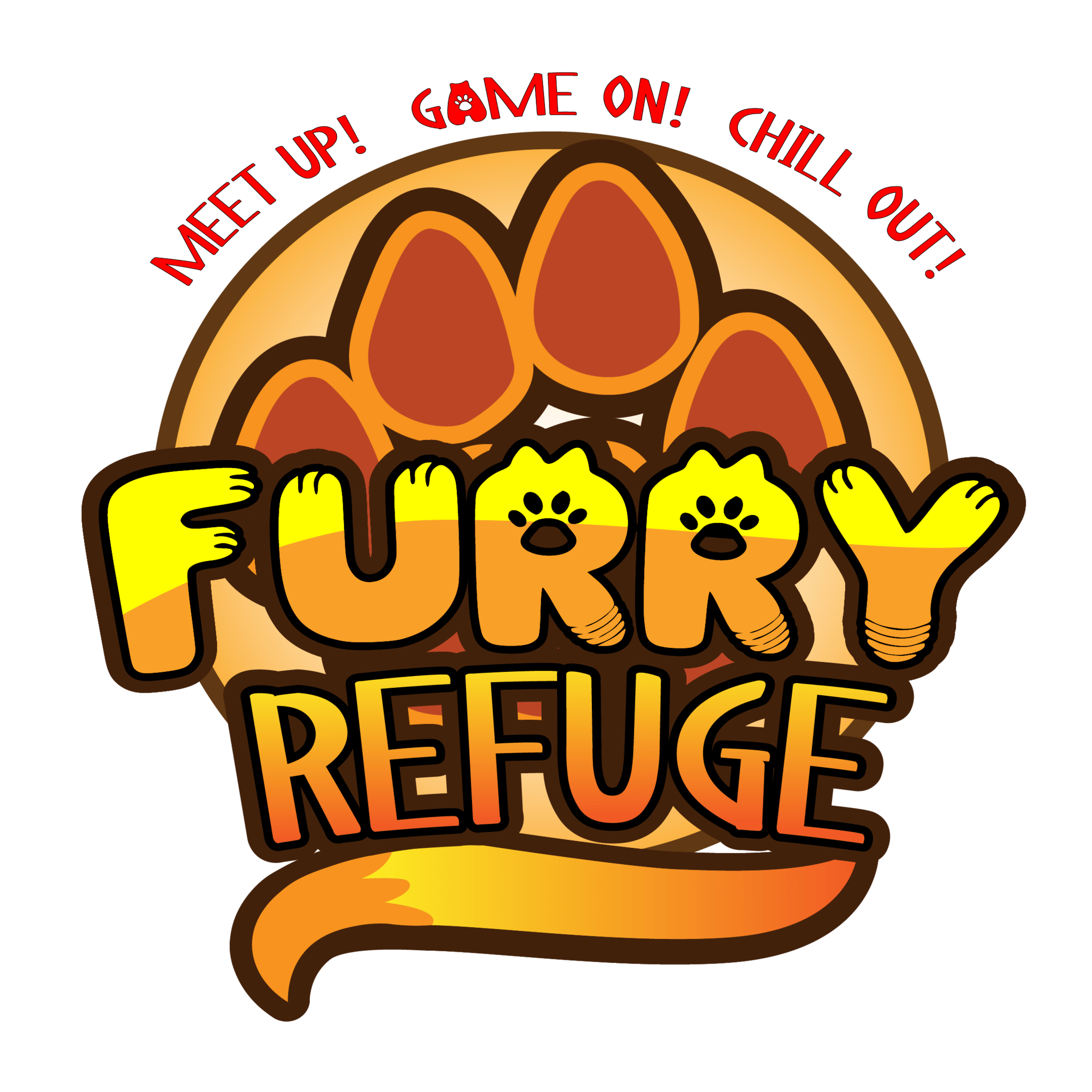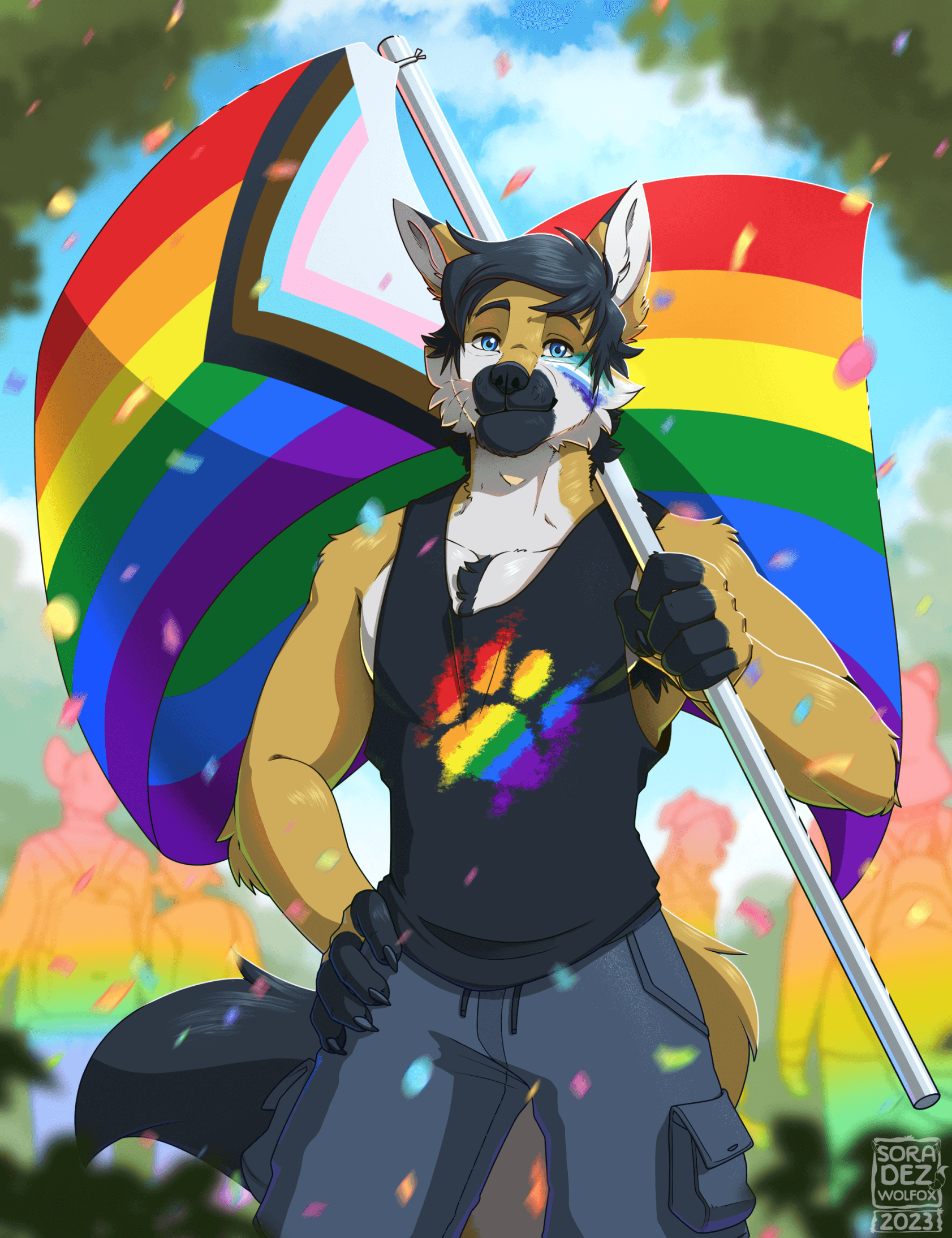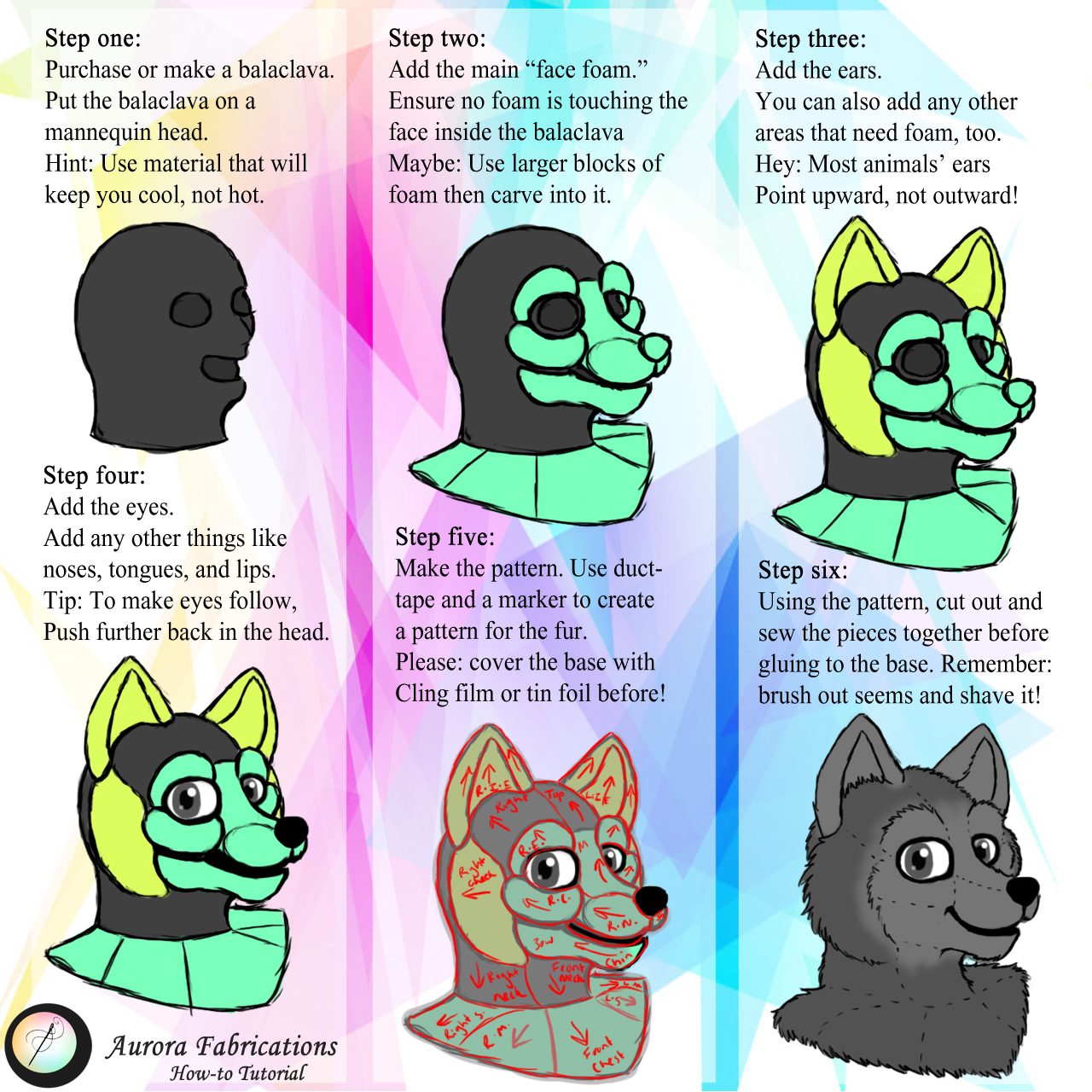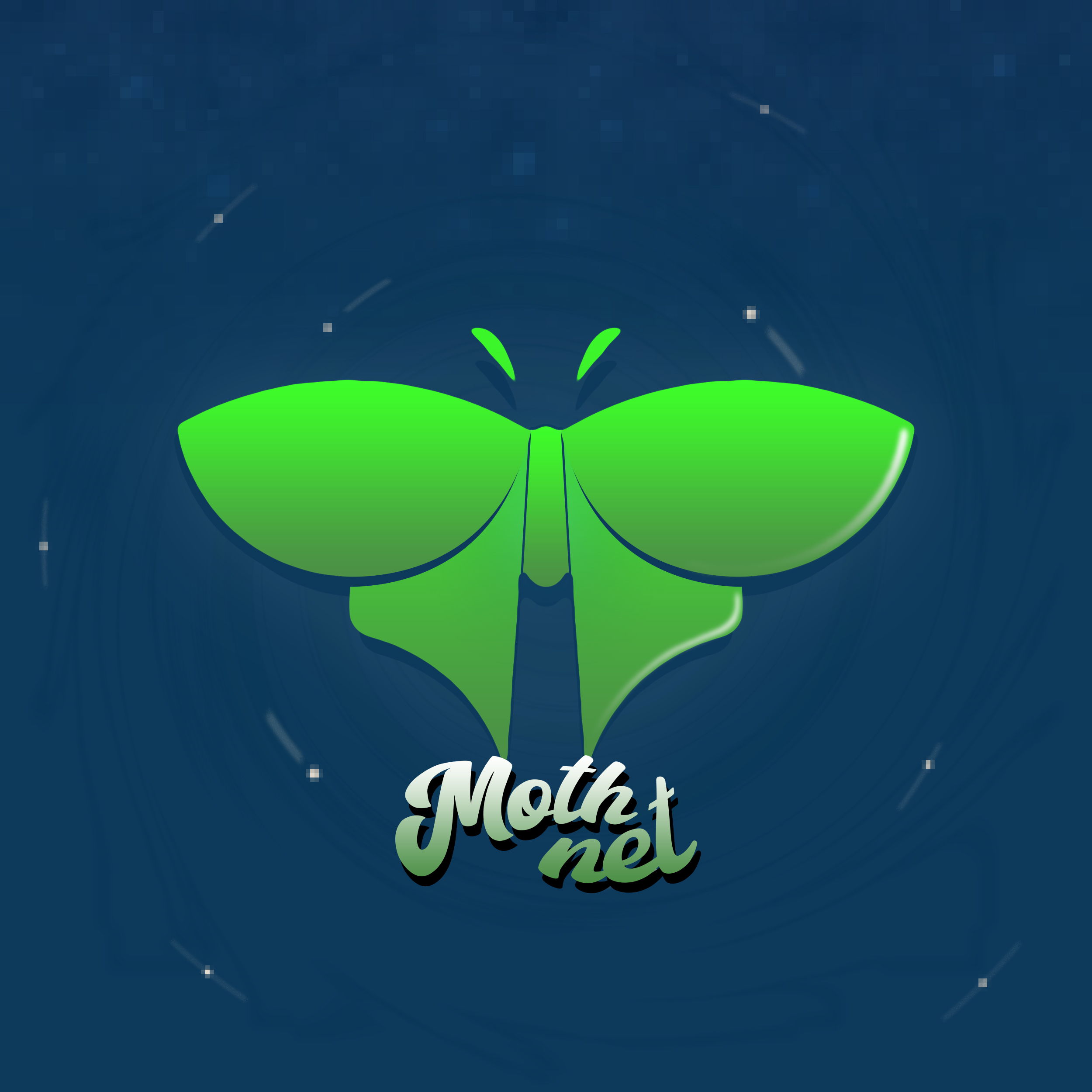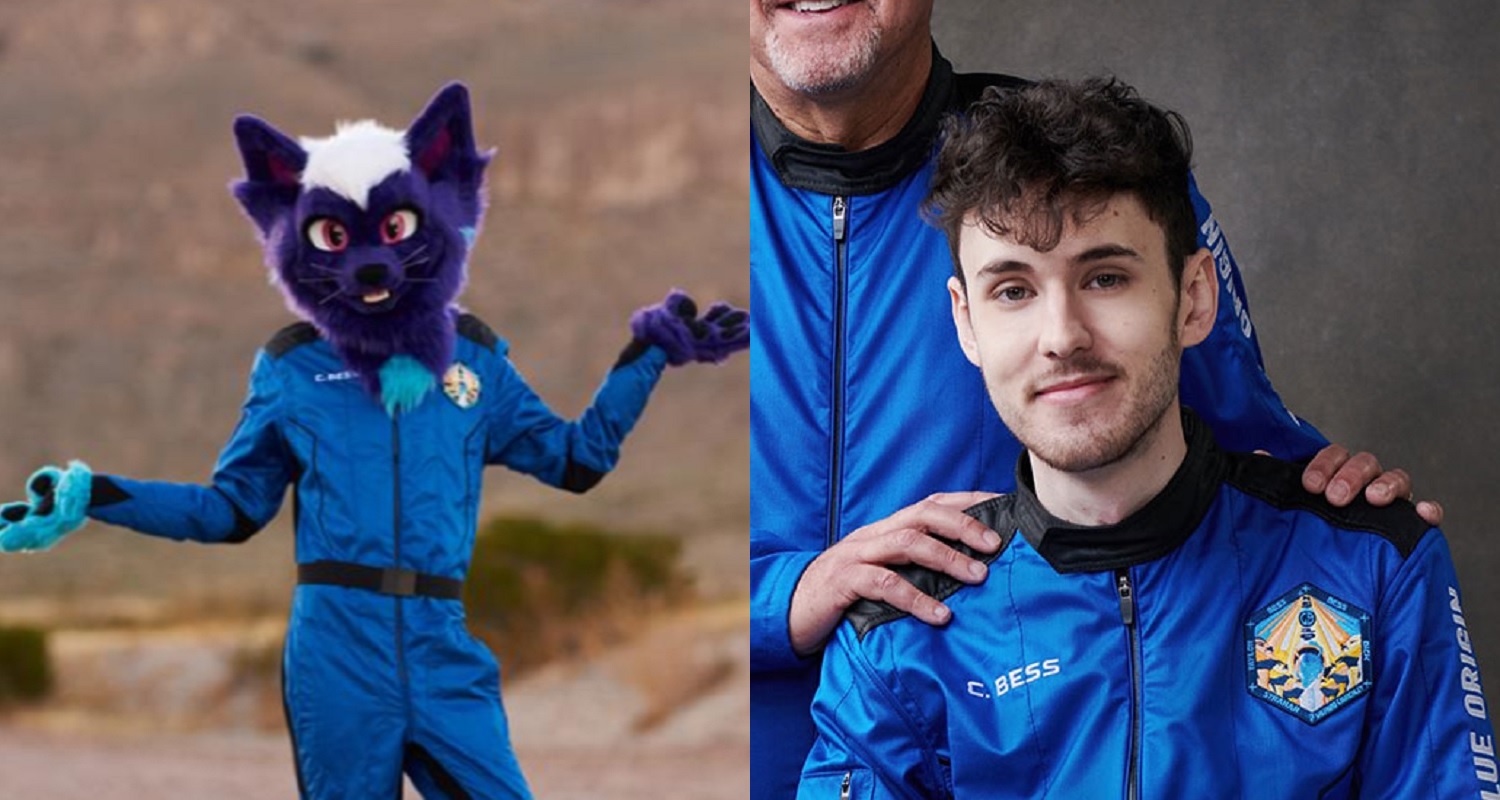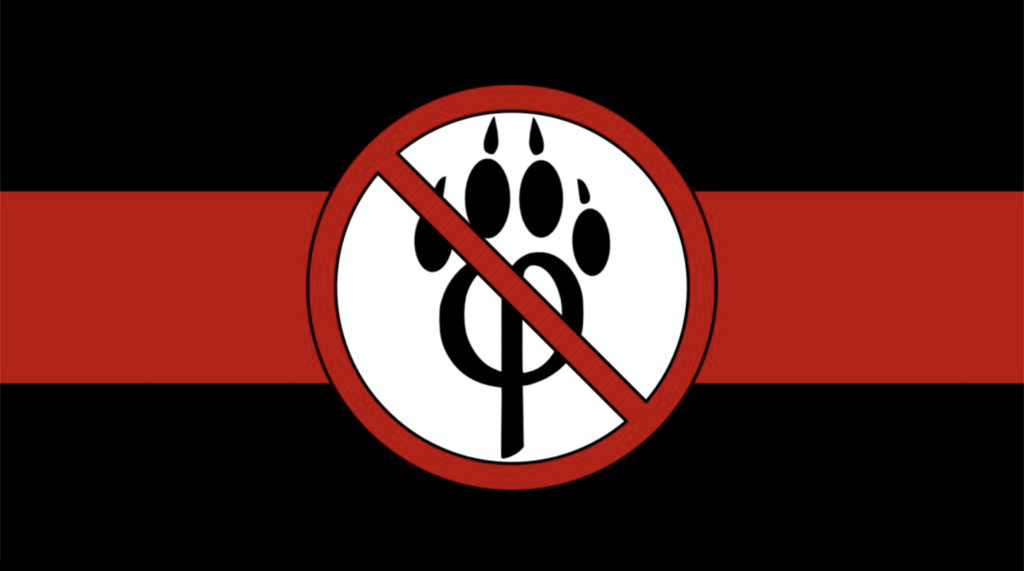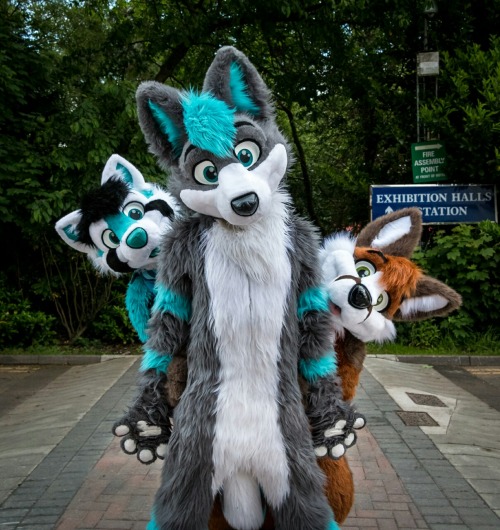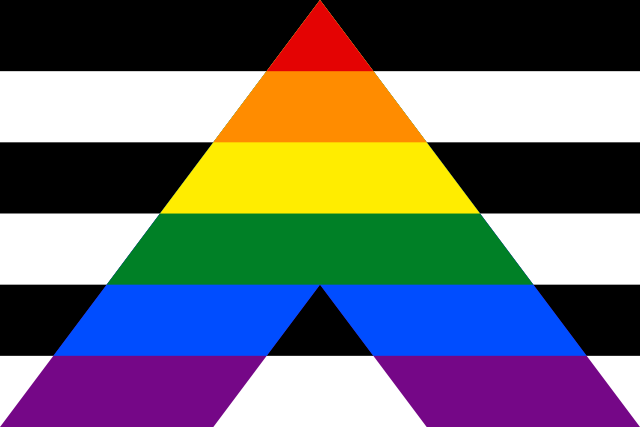Embark on a journey through the colorful and inclusive world of the furry fandom, where diversity thrives and acceptance reigns. As we delve into the statistical landscape of the community, we uncover intriguing insights about the sexual orientations that weave through the fabric of furry identity.
In the quest to grasp the intricacies of sexual orientation within the furry fandom, research methodologies have evolved. From traditional 7-point Kinsey scales to nuanced categorical approaches, the journey has illuminated the rich tapestry of orientations within the community.
Breaking down the numbers reveals a fascinating panorama of sexual orientations among furries. In recent studies, the prevalence of bisexuality has emerged, with only about 20% identifying as exclusively heterosexual. Asexual identities, often overlooked in broader studies, have found prominence, representing about 1 in 11 furries.
Venturing into the global spectrum, an international online survey unearthed compelling statistics. Approximately 28.8% of participants identified as lesbian, gay, or homosexual, showcasing the prevalence of diverse sexual orientations within the furry community.
Comparisons with the general American population further illuminate the unique landscape of the furry fandom. Furries are notably less likely to identify as exclusively heterosexual, with a sevenfold increase in the likelihood of identifying as predominantly or exclusively homosexual.
Exploring the interplay between gender and sexual orientation, distinct patterns emerge. Female-identifying furries are more likely to identify as heterosexual compared to their male counterparts, emphasizing the intersectionality within the furry community.
Comparisons with other fan groups, such as fantasy sport fans and anime enthusiasts, highlight the distinctive nature of the furry fandom. Furries stand out as a community where less than half identify as exclusively heterosexual, emphasizing the diversity that defines their identity.
As the statistical exploration unfolds, questions about acceptance arise. Addressing concerns about straight and LGBTQ+ acceptance within the furry fandom, surveys reveal a consensus—both groups strongly affirm the acceptance of each other, dispelling misconceptions about exclusion.
In the multifaceted world of the furry fandom, statistical revelations paint a vibrant portrait of diversity. From bisexuality to asexuality, from international perspectives to gender dynamics, the community thrives on embracing a spectrum of identities. Join the furry chat, where acceptance knows no bounds, and every fursona finds its place in this extraordinary mosaic of individuality.
- based on a 2018 poll from anthrocon and 2019 statistics gathered by furscience
